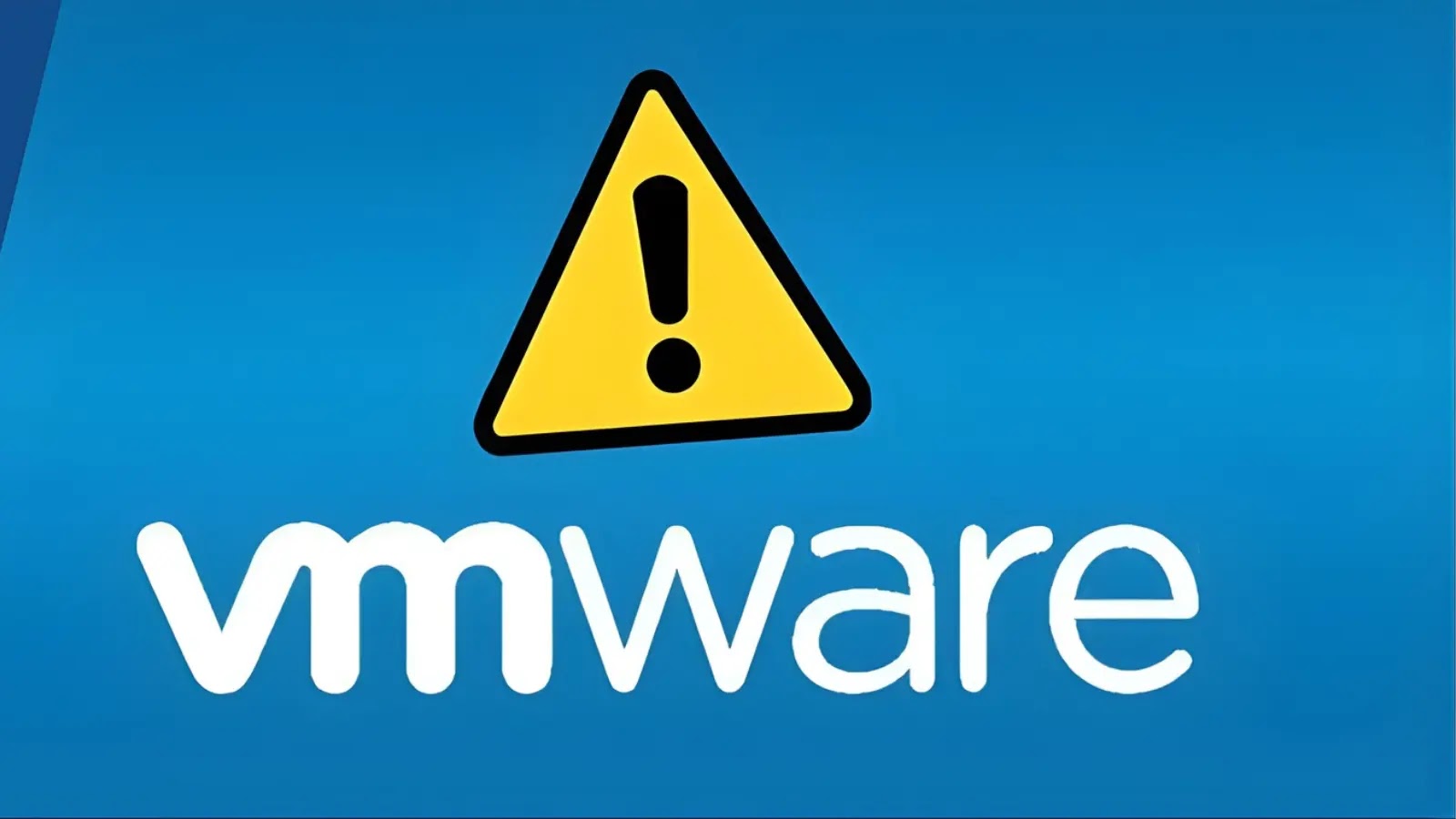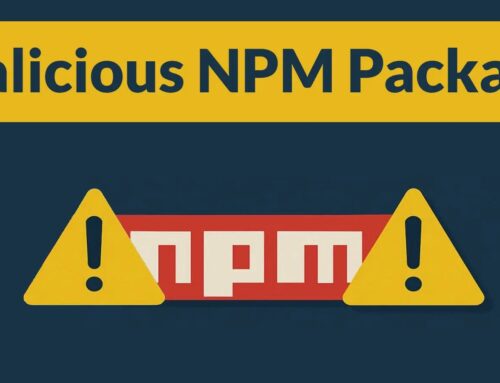
CISA Warns of VMware Tools and Aria Operations 0-Day Vulnerability Exploited in Attacks
A new alarm is sounding across the cybersecurity landscape, directly impacting organizations reliant on virtualized infrastructure. The Cybersecurity and Infrastructure Security Agency (CISA) has issued a critical warning, adding a significant zero-day vulnerability, CVE-2025-41244, to its Known Exploited Vulnerabilities (KEV) catalog. This isn’t a theoretical threat; it’s a security flaw in Broadcom’s VMware Aria Operations and VMware Tools that is actively being exploited in real-world attacks. Understanding the nature of this vulnerability and taking immediate corrective action is paramount to safeguarding your virtualized environments from potential ransomware and other sophisticated compromises.
Understanding the Threat: CVE-2025-41244
CVE-2025-41244 is classified as a local privilege escalation (LPE) vulnerability. This means an attacker who has already gained initial, lower-level access to a system running affected VMware software can exploit this flaw to elevate their privileges to a higher, potentially administrative, level. Once an attacker achieves elevated privileges, they can gain deeper control over the compromised system, including the ability to install malware, modify system configurations, exfiltrate sensitive data, or launch further attacks within the network. The fact that CISA has included this in its KEV catalog underscores its severity and the urgency for immediate attention, as it signifies confirmed exploitation in the wild.
Impact on Virtualized Environments
The ubiquity of VMware products in enterprise virtualized infrastructure makes this vulnerability particularly concerning. VMware Tools, installed in guest operating systems to enhance performance and manageability, are present in a vast number of virtual machines. VMware Aria Operations (formerly vRealize Operations) is a critical component for managing and monitoring complex virtualized environments. Exploitation of CVE-2025-41244 within these components could allow attackers to:
- Gain control over individual virtual machines.
- Manipulate or disrupt virtualized operations.
- Serve as a pivot point for lateral movement within the network.
- Facilitate the deployment of ransomware or other destructive malware across the virtualized estate.
- Compromise sensitive data residing within or accessible by virtual machines.
Remediation Actions
Given the active exploitation of CVE-2025-41244, immediate action is critical. Organizations must prioritize patching and follow established security best practices. Here are the key steps:
- Apply Patches Immediately: Monitor Broadcom’s official security advisories for patches addressing CVE-2025-41244 for both VMware Aria Operations and VMware Tools. Apply these patches as soon as they become available and test them thoroughly in a staging environment before widespread deployment.
- Identify Affected Systems: Conduct a comprehensive audit of your infrastructure to identify all instances of VMware Aria Operations and systems running VMware Tools.
- Review CISA KEV Catalog: Agencies and organizations are strongly advised to review the CISA KEV catalog regularly and prioritize remediation of listed vulnerabilities.
- Implement Least Privilege: Ensure that all accounts and services operate with the principle of least privilege, minimizing the potential impact of any successful privilege escalation.
- Network Segmentation: Implement robust network segmentation to limit the lateral movement of attackers even if a system is compromised.
- Endpoint Detection and Response (EDR): Enhance monitoring with EDR solutions to detect suspicious activities indicative of privilege escalation attempts or post-exploitation behaviors.
- Regular Backups: Maintain comprehensive and regularly tested backups of all critical data and systems.
Detection and Mitigation Tools
Leveraging appropriate tools is vital for identifying vulnerable systems and detecting potential exploitation attempts.
| Tool Name | Purpose | Link |
|---|---|---|
| Vulnerability Scanners (e.g., Nessus, Qualys, OpenVAS) | Identify known vulnerabilities, including outdated VMware software versions. | Nessus Qualys VMDR OpenVAS |
| Endpoint Detection and Response (EDR) Solutions | Monitor for suspicious processes, privilege escalation attempts, and unusual file system activity. | (Varies by vendor – e.g., CrowdStrike, SentinelOne, Microsoft Defender for Endpoint) |
| Security Information and Event Management (SIEM) | Aggregate logs from VMware environments and other security tools to identify attack patterns. | (Varies by vendor – e.g., Splunk, IBM QRadar, Elastic Security) |
| VMware Tools Status Checks | Verify the version and status of VMware Tools installed on guest VMs. | VMware Documentation |
| CISA KEV Catalog | Official list of vulnerabilities known to be actively exploited. Check regularly for updates. | CISA KEV Catalog |
Conclusion
The active exploitation of CVE-2025-41244 in VMware Aria Operations and VMware Tools represents a significant threat to organizations leveraging virtualized infrastructure. CISA’s warning underscores the urgency of addressing this local privilege escalation flaw. Cybersecurity teams must prioritize the identification of affected systems, apply all available patches without delay, and reinforce their overall security posture through robust monitoring, network segmentation, and adherence to least privilege principles. Proactive defense and rapid response are the keys to mitigating the risks posed by this critical zero-day vulnerability.





